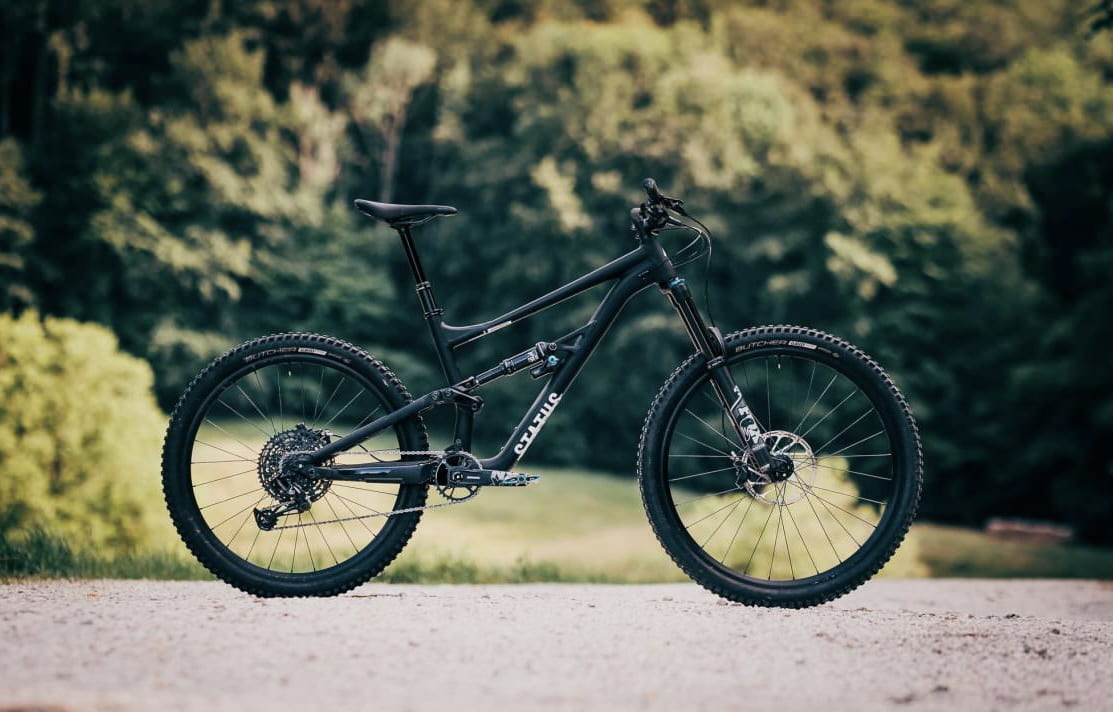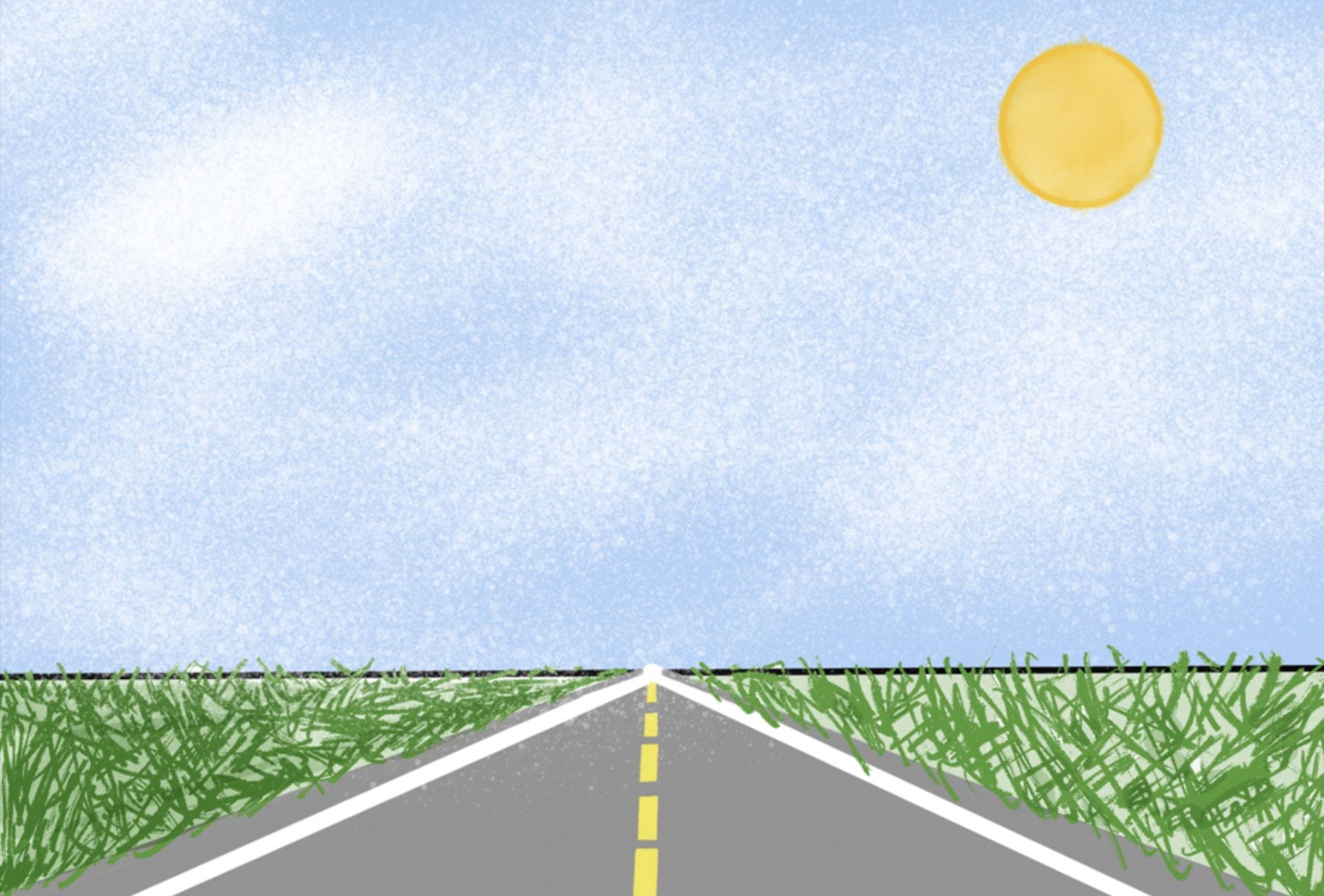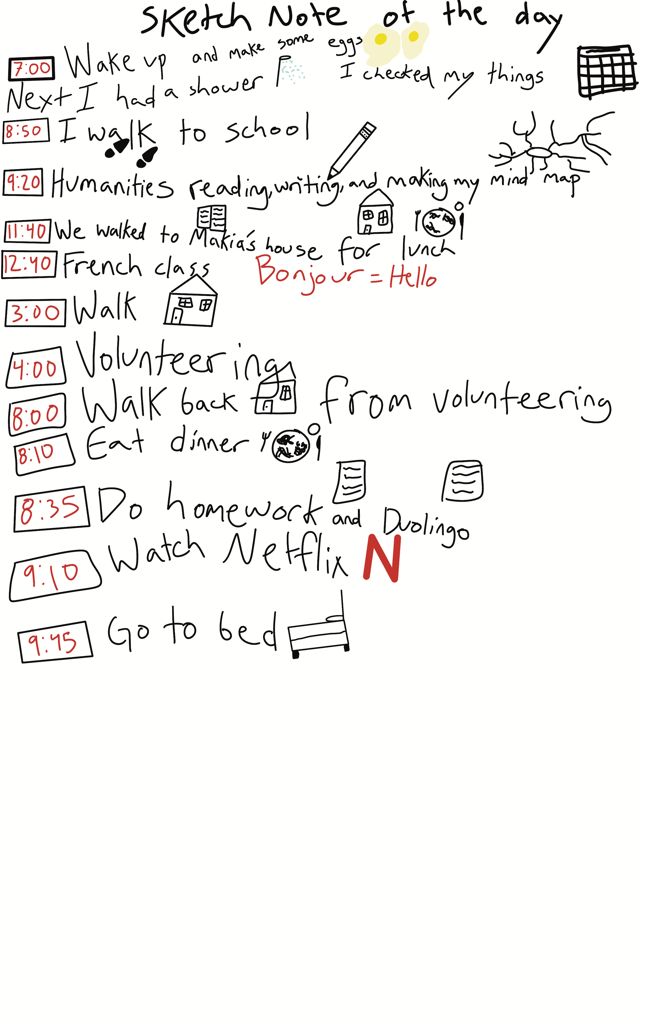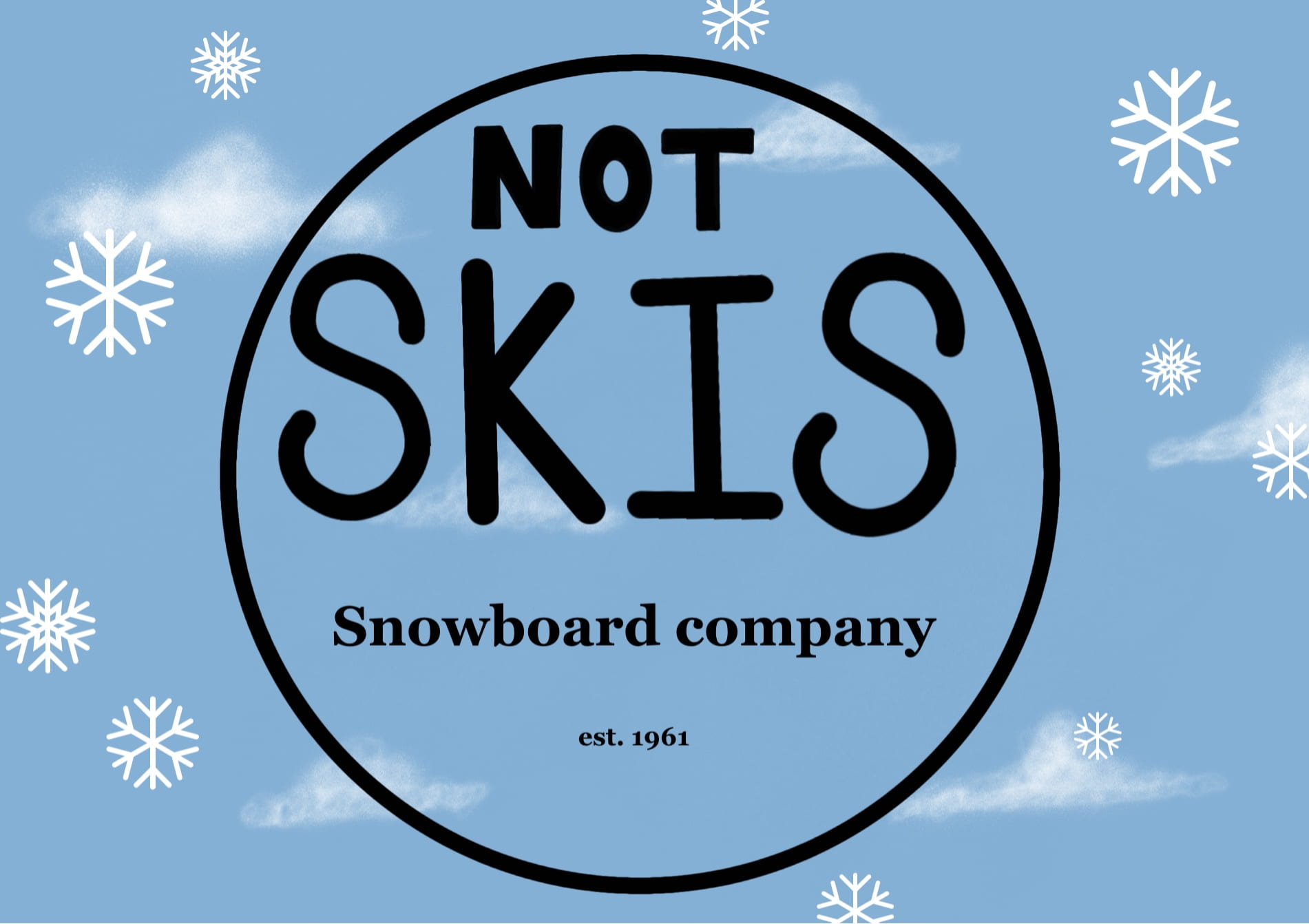If you don’t know what DI is or want to learn about it you should read my previous blog post before you read this one. Here’s the link: https://www.blog44.ca/oweng/2022/02/02/d-i-bacterial-besties/
Since my last blog post, my team and I have kept on practicing, building and fixing our broken props and costumes.
Some stuff that we’ve built and repaired since then are:
Our sign:
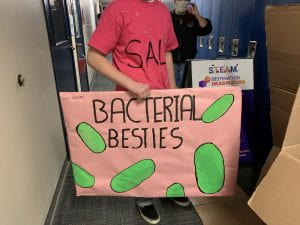
Our backdrops:



Our salmonella costumes:
And our team car:
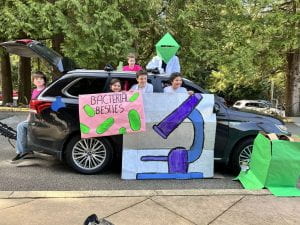
On the day of DI, my team and I got to Saint George’s at 10:30, got all our props together, fixed some minor things that broke, presented our story, did our instant challenge, took our team photo, and then we left.
Overall in DI, I think I was accomplished because I helped my team with lots of work, such as helping with the script, building props, and researching. Also because I memorized all my lines and had my costume prepared. Some things I think I could’ve done better are trying to meet up with my team more at the beginning and doing dress rehearsals more often.
On the day of DI, I think I was extending because I arrived on time, had all my props with me, had my lines memorized and was prepared for my presentation and the instant challenge. I think I could’ve helped make the transitions between scenes more smooth during our presentations.
And here’s the video of our presentation:
And if you want to read about my teammates’ experiences here are the links to their blogs: Jackson, Susan, Caden, Kadin, Callum, and Naomi.
